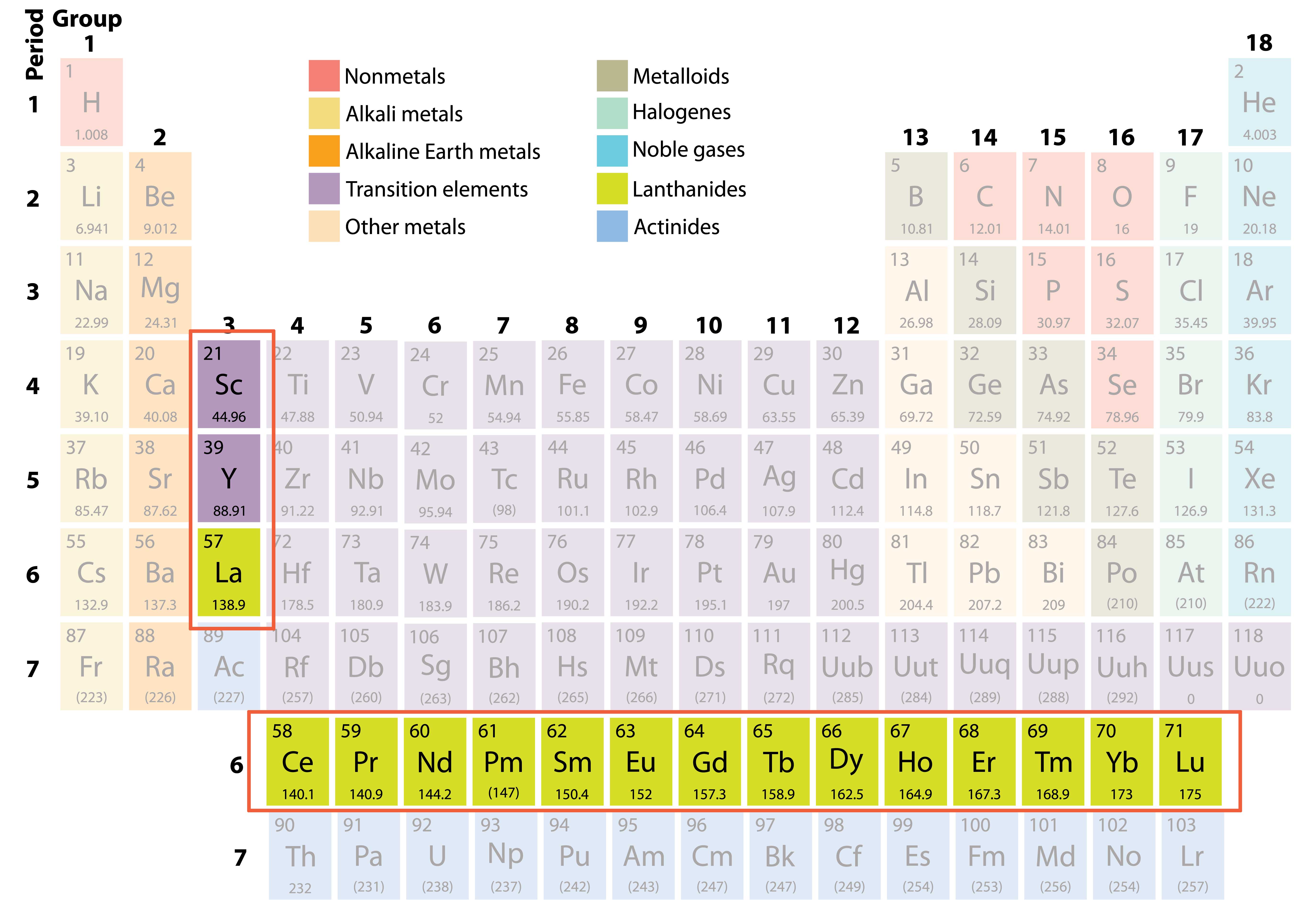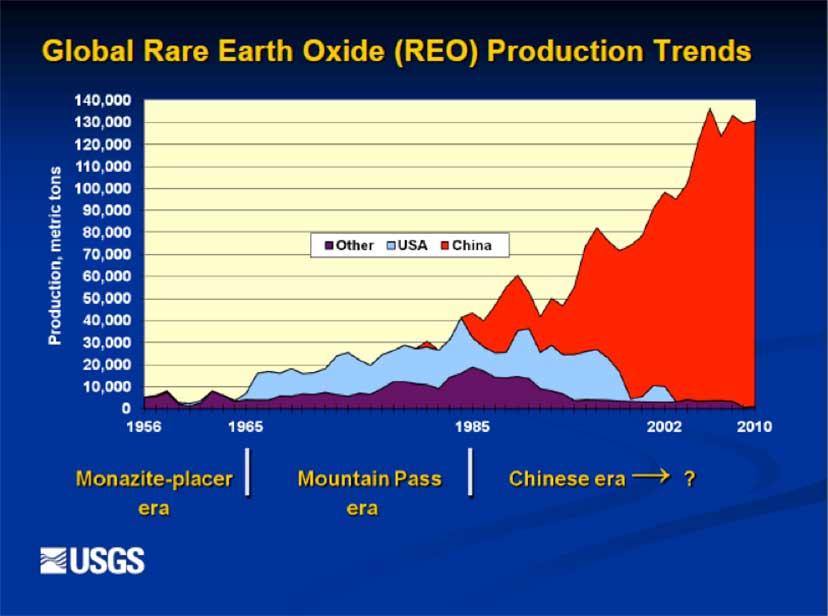I don't have the passion. I'll follow the gorilla.--the fabulous Laura Linney in "Congo"
Chris gave a presentation to the big bosses yesterday.
Mom could not get out of Charlottesville and stayed overnight. She'll get in today.
Murphy got in a fight yesterday with another Glen, a lady.
Watching GoT reruns.
Liz picked Va in her office pool.
“Some on Mueller's Team Say Report Was More Damaging Than Barr Revealed.” This was a headline in the NYT. So someone anonymously leaks the second-hand rumor of “damaging” information, which in a court of law was not proof of criminality. And the NYT prints that second-hand rumor in a headline.
"Do racists care whether someone black is married or unmarried? If not, then why do married blacks escape poverty so much more often than other blacks, if racism is the main reason for black poverty?"--Sowell
Alan Turing, the British mathematician best known for his work on code-breaking and artificial intelligence, wanted to understand the underlying mechanism that produces natural patterns. He proposed that patterns such as spots form as a result of the interactions between two chemicals that spread throughout a system much like gas atoms in a box do, with one crucial difference. Instead of diffusing evenly like a gas, the chemicals, which Turing called “morphogens,” diffuse at different rates. One serves as an activator to express a unique characteristic, like a tiger’s stripe, and the other acts as an inhibitor, kicking in periodically to shut down the activator’s expression. This idea is making a comeback.
This was the most visited older post this last week:
http://steeleydock.blogspot.com/2012/05/first-line-of-iliad.html
On this day in 1865 Confederate General Robert E. Lee surrendered his 28,000 troops to Union General Ulysses S. Grant at Appomattox.
Rare Elements and Rare Logic
The Japanese call rare earth elements “the seeds of technology.” The U.S. Department of Energy calls them “technology metals.” They are integral to everything from the miniaturization of electronics, to the enabling of green energy and medical technologies, to supporting a myriad of essential telecommunications and defense systems. They have become irreplaceable to our world of technology owing to their unique magnetic, phosphorescent, and catalytic properties.
Rare earth elements are a set of seventeen chemical elements in the periodic table, specifically the fifteen lanthanides plus scandium and yttrium. Scandium and yttrium are considered rare earth elements since they tend to occur in the same ore deposits as the lanthanides and exhibit similar chemical properties.

While named rare earths, they are relatively abundant in the Earth's crust. What is unusual--and difficult--is to find them in quantities significant enough to support economic mineral development.
By 2000, China accounted for more than 95% of world rare earth production.

According to the 2013 Worldwide Threat Assessment of the National Intelligence Office, rare earths are “essential to civilian and military technologies and to the 21st-century global economy, including green technologies (e.g., wind turbines and advanced battery systems) and advanced defense systems.”
"Green technologies."
So our efforts to move from fossil fuel, which we have so much of that we export it, to alternative energies would mean switching us from energy independence to complete dependence upon a nation and culture that sees us as their philosophical and economic enemy.
Does that sound reasonable to anyone?
Chris gave a presentation to the big bosses yesterday.
Mom could not get out of Charlottesville and stayed overnight. She'll get in today.
Murphy got in a fight yesterday with another Glen, a lady.
Watching GoT reruns.
Liz picked Va in her office pool.
“Some on Mueller's Team Say Report Was More Damaging Than Barr Revealed.” This was a headline in the NYT. So someone anonymously leaks the second-hand rumor of “damaging” information, which in a court of law was not proof of criminality. And the NYT prints that second-hand rumor in a headline.
"Do racists care whether someone black is married or unmarried? If not, then why do married blacks escape poverty so much more often than other blacks, if racism is the main reason for black poverty?"--Sowell
Alan Turing, the British mathematician best known for his work on code-breaking and artificial intelligence, wanted to understand the underlying mechanism that produces natural patterns. He proposed that patterns such as spots form as a result of the interactions between two chemicals that spread throughout a system much like gas atoms in a box do, with one crucial difference. Instead of diffusing evenly like a gas, the chemicals, which Turing called “morphogens,” diffuse at different rates. One serves as an activator to express a unique characteristic, like a tiger’s stripe, and the other acts as an inhibitor, kicking in periodically to shut down the activator’s expression. This idea is making a comeback.
This was the most visited older post this last week:
http://steeleydock.blogspot.com/2012/05/first-line-of-iliad.html
On this day in 1865 Confederate General Robert E. Lee surrendered his 28,000 troops to Union General Ulysses S. Grant at Appomattox.
Rare Elements and Rare Logic
The Japanese call rare earth elements “the seeds of technology.” The U.S. Department of Energy calls them “technology metals.” They are integral to everything from the miniaturization of electronics, to the enabling of green energy and medical technologies, to supporting a myriad of essential telecommunications and defense systems. They have become irreplaceable to our world of technology owing to their unique magnetic, phosphorescent, and catalytic properties.
Rare earth elements are a set of seventeen chemical elements in the periodic table, specifically the fifteen lanthanides plus scandium and yttrium. Scandium and yttrium are considered rare earth elements since they tend to occur in the same ore deposits as the lanthanides and exhibit similar chemical properties.

While named rare earths, they are relatively abundant in the Earth's crust. What is unusual--and difficult--is to find them in quantities significant enough to support economic mineral development.

According to the 2013 Worldwide Threat Assessment of the National Intelligence Office, rare earths are “essential to civilian and military technologies and to the 21st-century global economy, including green technologies (e.g., wind turbines and advanced battery systems) and advanced defense systems.”
"Green technologies."
So our efforts to move from fossil fuel, which we have so much of that we export it, to alternative energies would mean switching us from energy independence to complete dependence upon a nation and culture that sees us as their philosophical and economic enemy.
Does that sound reasonable to anyone?
No comments:
Post a Comment